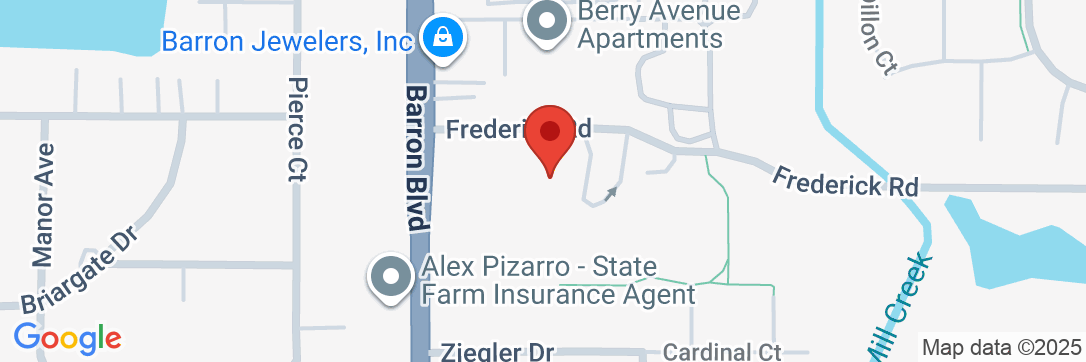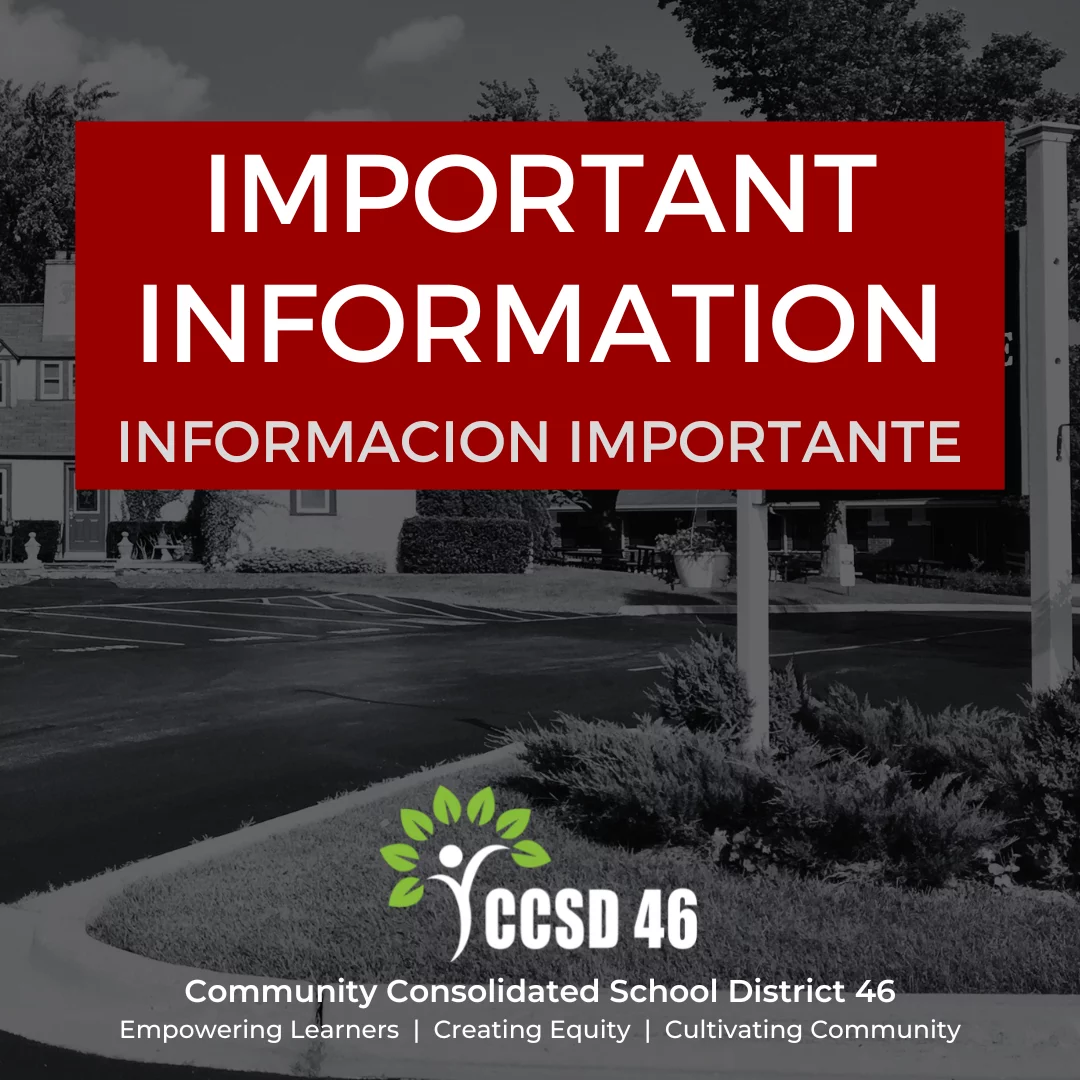TITLE I
What is Title I?
Title I, Part A (Title I) of the Elementary and Secondary Education Act, as amended (ESEA) provides financial assistance to local educational agencies (LEAs) and schools with high numbers or high percentages of children from low-income families to help ensure that all children meet challenging state academic standards.
Students do NOT have to be from low-income families to receive Title I services.
- Targeted Assistance School Programs
In a Title I targeted assistance school, Title I funds may only be used to provide services to eligible students identified as having the greatest need for special assistance. Eligible students are students who are failing, or most at risk of failing, to meet the Illinois Learning Standards on the basis of multiple, educationally related, objective criteria.
- Schoolwide Programs
Schools with schoolwide programs use Title I funds to implement comprehensive strategies for improving the educational program of the whole school in schools with 40% or more poverty to increase the achievement of all students, particularly at-risk students. In a Title I schoolwide school, Title I funds may be used to provide services to any student.
We, the school community, know that students learn best when everyone works together to encourage learning.
School Responsibilities
The schools will:
- Provide high-quality curriculum and instruction in a supportive and effective learning environment that enables the participating children to meet the State’s student academic achievement standards.
- Hold parent-teacher conferences (in October and February) during which this compact will be discussed as it relates to the individual child’s achievement.
- Provide parents with frequent reports on their children’s progress.
- Provide parents with reasonable access to staff.
- Provide parents opportunities to volunteer and participate in their child’s class and to observe classroom activities.
Parent Responsibilities
We, as parents, will support our children’s learning in the following ways:
- Monitoring attendance.
- Ensuring that homework is completed.
- Monitoring the amount of television children watch.
- Volunteering in child’s classroom/school as appropriate.
- Participating, as appropriate, in decisions relating to my child’s education.
- Promoting positive use of my child’s extracurricular time.
- Staying informed about my child’s education and communicating with the school by promptly reading all notices from the school or the school district either received by my child or by mail and responding, as appropriate.
Student Responsibilities
We, as students, will share the responsibility to improve our academic achievement and achieve the state’s high standards. Specifically, we will:
- Do my homework every day and ask for help when I need it.
- Read at least 30 minutes every day outside of school time.
- Give my parents or the adult who is responsible for my welfare all notices and information received by me from my school every day.



